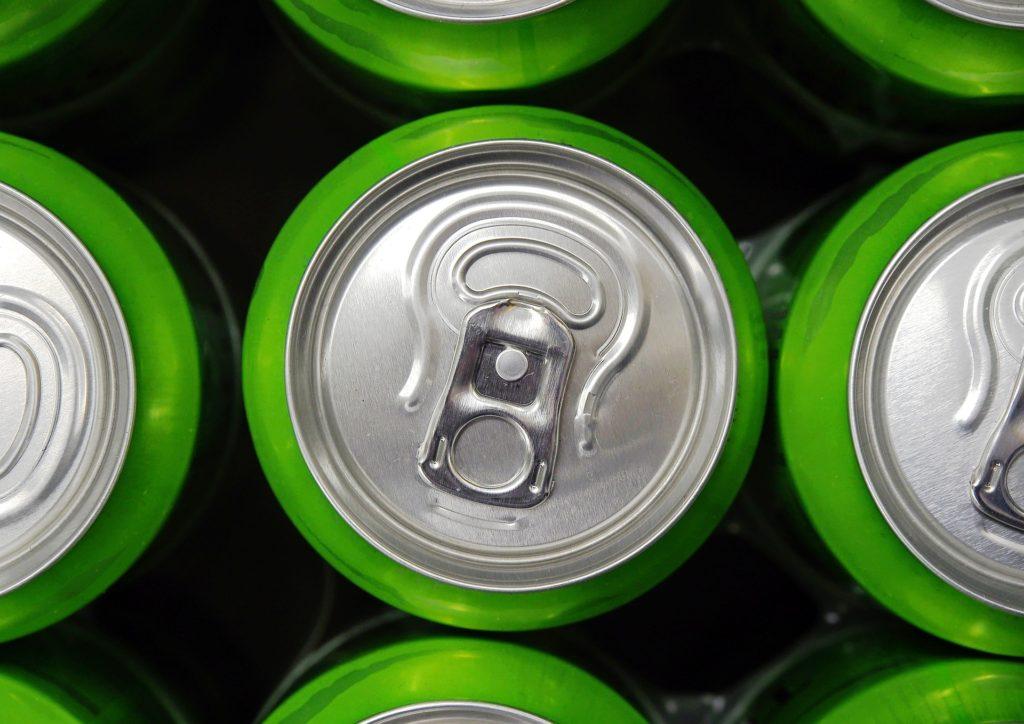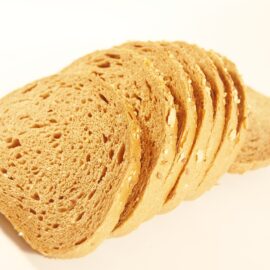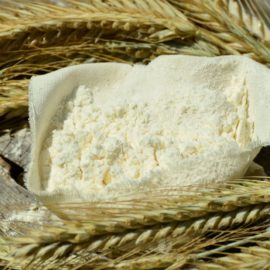
Various government agencies study and analyze the many substances that go into food products. In most cases, certain additives have been banned in Europe, but approved in the United States. A good example of this is potassium bromate, a dough improver known to cause carcinogenic effect. This reason led to its ban in many countries. But the United States still allows it in baked goods. However, there are a few instances where a food additive is allowed in many countries, but banned in the US. An example of this is cyclamate. But why is cyclamate banned in the US?
To better answer this, a little science should help.
WHAT IS CYCLAMATE IS?
Cyclamate is a type of artificial sweetener 30 to 50 times sweeter than table sugar (sucrose). It is the sodium or calcium salt of cyclohexane sulfamic acid or the acid itself. Cyclamate comes in white crystals or crystalline powder form. It is heat stable and dissolves readily in water. Its good stability makes it an ideal sweetener in soft drinks and other beverages. It is also used in baked products, confectionery, and salad dressing.
Cyclamate sweetness has a slower onset and lasts longer than the sweetness of sucrose. Like most artificial sweeteners, it leaves an aftertaste. For this reason, sodium cyclamate is oftentimes paired with another artificial sweetener, usually saccharin to provide a synergistic sweetening effect. Most mixtures consist a ratio of 10 parts cyclamate to 1 part saccharin. Cyclamate is able to mask the metallic aftertaste of saccharin.
You might also like: Sucralose Vs Aspartame: The Difference
Like saccharin, cyclamate is a non-caloric sweetener—it provides sweetness without adding significant calories. And since cyclamate is a sugar alternative, cyclamate-containing food products may bear the words “diet“ or sugar-free” on the label.
HOW CYCLAMATE WAS DISCOVERED
Cyclamate was discovered by Michael Sveda at a research lab of the University of Illinois in 1937. According to the graduate student, he was taking a cigarette break while working on a new antipyretic drug. When he resumed to work, he put his cigarette on a lab bench. Then he discovered the intense sweetness when he put back in his mouth the cyclamate-contaminated cigarette. The University of Illinois received a patent for the manufacture of cyclamates. But the patent was sold to DuPont de Nemours, Inc, an American chemical company.
You might also like: What Are Humectants In Foods?
However, significant development only happened when the patent was purchased by Abbott Laboratories, a healthcare company. They intended to use cyclamate to hide the bitter taste of the medicines they manufacture. In 1950, the cyclamate was approved for use in food in the US and other over 55 countries. The sweetener became a popular sugar alternative throughout the 1950s. In fact, it was a common ingredient in diet foods and beverages. In 1958, the US Food and Drug Administration (FDA), granted cyclamate the GRAS (generally recognized as safe) status. During the 1960s, the sweetener became the foundation of the then $1 billion business of confectionery and diet soft drinks.
WHY CYCLAMATE HAS BEEN BANNED IN THE US
The popularity of cyclamate as an artificial sweetener peaked during the 1960s in the US. But problems started to arise when a 1969 study showed that cyclamate is a potential carcinogen—it causes cancer. This prompted the public safety to restrict its sale. However, during this time, the sales of cyclamate reached a billion dollars. 175 million Americans were consuming significant amounts of cyclamates through a variety of products, from chewing gum to soft drinks.
The 1969 study involved feeding 240 rats a diet that involved large amounts of Sucaryl®, a product that contained 10:1 ratio of cyclamate–saccharin, daily for 2 years. This amount is equal to 350 cans of diet soda daily for a human. At the end of the study, 8 out of 240 rats developed bladder tumor due to the formation of cyclohexylamine, a carcinogen. This led to immediate banning of cyclamate in food in the US by the FDA as well as in other countries.
However, studies have revealed that only some people are capable of converting cyclamate to cyclohexylamine. A portion of a population will not convert at all, while others will only convert a small amount. Cyclamate is partially absorbed in the digestive tract, and what remains is converted into cyclohexylamine by intestinal bacteria. Small amounts of cyclohexanol and cyclohexane are produced as well.
You might also like: The Functions Of Invert Sugar In Food
Following the controversial 1969 study, additional studies on its safety reportedly failed to produce the same results. This led to the re-approval of the use of cyclamate in many nations, including those in Europe. And the reinstatement of cyclamate as an authorized sweetener has been petitioned in the US. But as of this writing, cyclamate remains banned for use in food in the country.
CYCLAMATE OUTSIDE THE US
Sure, cyclamate is a banned food additives in the US since 1970. But the numerous studies conducted since 1969 have convinced other countries that cyclamate is a safe substance. A number of agencies across the globe have conducted their own evaluation of its safety, and found it to be safe for human consumption. These agencies include the following:
- UK Food Standards Agency (United Kingdom)
- Joint FAO/WHO Expert Committee on Food Additives (JECFA)
- Australia & New Zealand by Food Standards Australia New Zealand (FSANZ)
- European Food Safety Authority (EFSA)
Today, cyclamate is an approved sweetener in over 100 countries, including Australia, Canada, and Europe. The Philippines, where the sweetener is dubbed as “magic sugar”, is one of the latest countries to lift the ban on cyclamate.
JECFA has set the Acceptable Daily Intake (ADI) for cyclamate at 11 mg per kg of body weight.
References:
J. deMan, J. Finley, W. Jeffrey Hurst, C. Y. Lee (2018). Principles of Food Chemistry (4th edition). Springer.
S. Damodaran, K. Parkin. (2017) Fennema’s Food Chemistry (5th edition). CRC Press.
P. Cheung (2015). Handbook of Food Chemistry. Springer.
R. Winters (2009). A Consumer’s Dictionary of Food Additives (7th edition). Crown
J. Valisek (2014). The Chemistry of Food. John Wiley & Sons, Ltd


